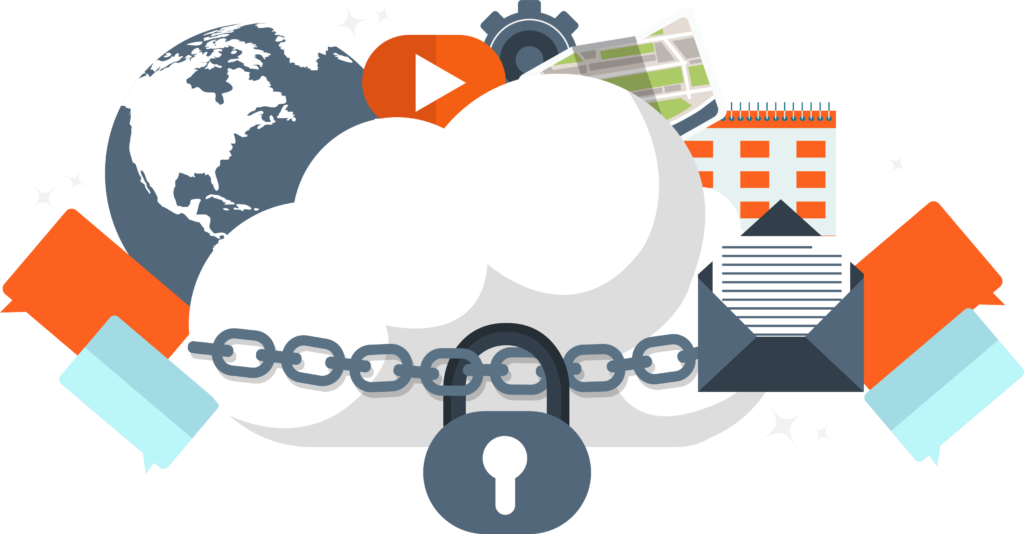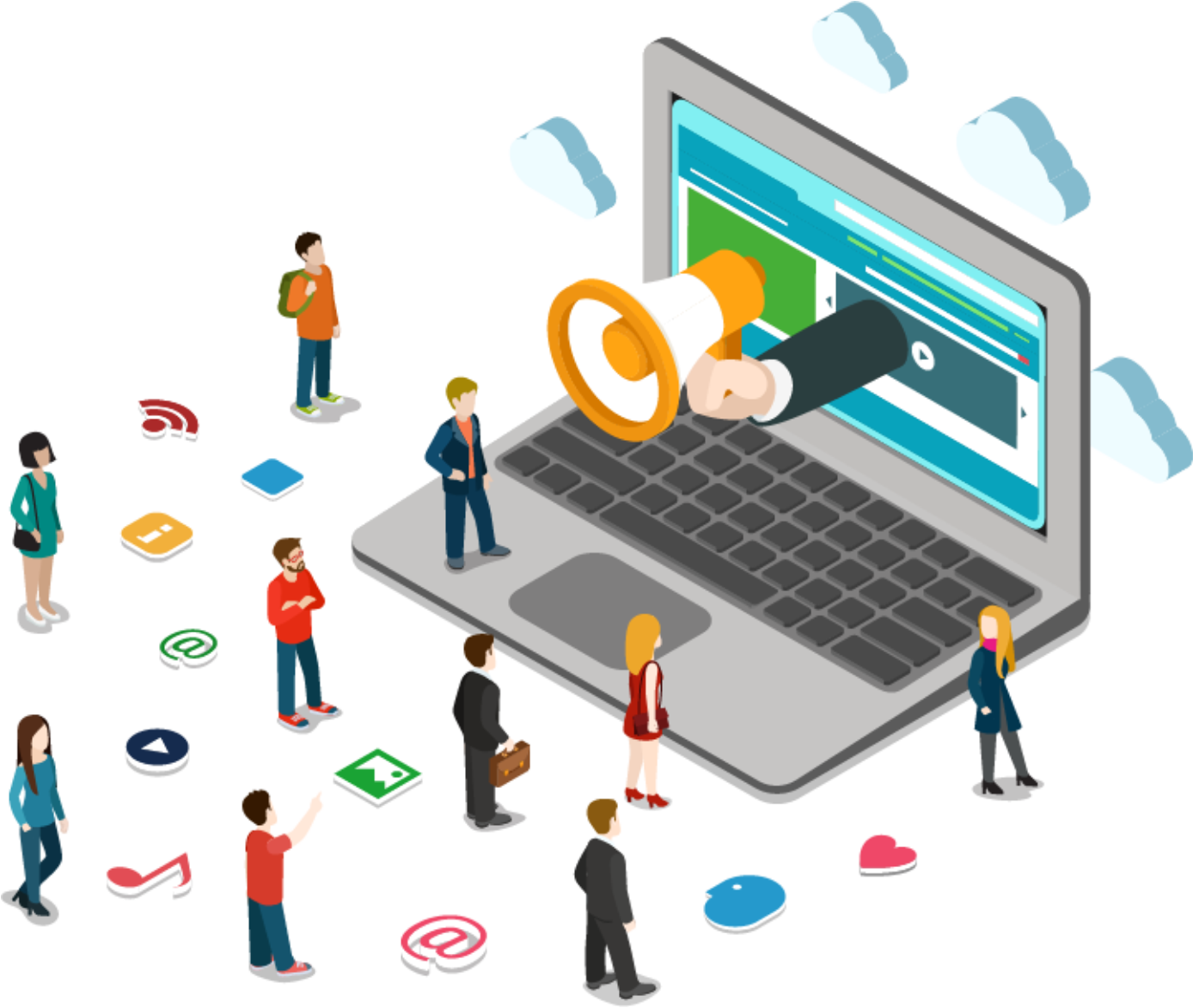As we move into 2025, the cybersecurity landscape is evolving unprecedentedly. With new technologies emerging and cyber threats becoming more sophisticated, staying ahead of the curve is crucial for businesses and individuals alike. Here are the top trends and predictions for cybersecurity in 2025.

1. AI-driven cyberattacks and Defenses
Artificial Intelligence (AI) is a double-edged sword in cybersecurity. While AI enhances threat detection and response, it also empowers cybercriminals to launch more sophisticated attacks. In 2025, we expect AI-driven cyberattacks, such as AI-powered phishing and ransomware, to become more prevalent. Organizations must leverage AI for predictive analysis and automated threat detection to stay ahead of these advanced threats.
2. Zero Trust Architecture (ZTA)
The Zero Trust model, which assumes that no user or device is inherently trustworthy, will become the cornerstone of enterprise security. By 2025, Zero Trust Architecture (ZTA) will be widely adopted, especially as remote and hybrid work environments become the norm. To ensure secure access, continuous monitoring and verification of users and devices will be essential.
3. Quantum Computing Threats
Quantum computing poses a significant threat to current encryption methods. As quantum computers become more powerful, they will have the potential to break traditional encryption algorithms, leaving sensitive data vulnerable. In 2025, organizations must transition to post-quantum cryptography to safeguard their information.
4. Securing IoT and Edge Devices
The proliferation of Internet of Things (IoT) devices and edge computing creates a massive attack surface for cybercriminals. By 2025, securing these devices will be a top priority. Organizations must implement robust security measures to protect IoT-enabled devices and edge ecosystems from breaches.
5. Cybersecurity for Critical Infrastructure
Critical national infrastructure, such as energy grids, healthcare facilities, and water supply systems, will remain prime cyberattack targets. In 2025, state-sponsored cyber threats will increase, necessitating enhanced security measures to protect these vital systems.
6. Deepfake Technology
Deepfake technology, which uses AI to create realistic but fake videos and audio, will pose a significant threat in 2025. Cybercriminals will use deepfakes for social engineering attacks, impersonating executives and forging transactions. Organizations will need to develop new methods to verify identities and detect deepfakes.
7. AI and Machine Learning in Cyber Defense
AI and machine learning will become integral components of cybersecurity strategies. These technologies will automate threat detection, response, and even prediction, enhancing the capabilities of Security Operations Centers (SOCs). By 2025, AI-driven tools will analyze vast amounts of data, identify patterns, and react to threats faster than human capabilities.
8. Passwordless Authentication
Passwordless authentication methods, such as biometrics and multi-factor authentication (MFA), will become mainstream by 2025. These methods offer enhanced security and a better user experience by eliminating the need for traditional passwords, which are often vulnerable to attacks.
9. Supply Chain Security
Supply chain attacks, where cybercriminals target third-party vendors to gain access to larger networks, will continue to rise. In 2025, organizations will need to implement stringent security measures to protect their supply chains and ensure the integrity of their vendors.
10. Stricter Data Privacy Regulations
As data breaches become more common, governments worldwide will implement stricter data privacy regulations. By 2025, organizations must comply with these regulations to avoid hefty fines and protect their customers’ data.
Conclusion
Technological advancements and the increasing sophistication of cyber threats will shape the future of cybersecurity in 2025. Organizations must stay vigilant and adopt proactive measures to protect their data and systems. By embracing AI-driven defenses, Zero Trust Architecture, and post-quantum cryptography, businesses can stay ahead of the curve and safeguard their digital assets.




